https://www.ericcointernational.com/application/take-you-to-briefly-understand-imu.html
IMU is the abbreviation of Inertial Measurement Unit. It is a sensor composed of an accelerometer, a gyroscope and a magnetometer, which is used to measure the motion status of an object such as angle, speed and acceleration. The accelerometer is used to measure the object's acceleration and gravity, the gyroscope is used to measure the object's angular velocity and gravity, the gyroscope is used to measure the object's angular velocity, and the magnetometer is used to compensate for the interference of the geomagnetic field on the gyroscope.
As the core component of the inertial navigation system, IMU can help the system achieve autonomous navigation and positioning without being restricted by GPS, and has wide application value. It can play a role in a variety of fields such as drones, robots, missiles, aircraft, ships, camera stabilizers, etc. The magnetometer is used to compensate for the interference of the geomagnetic field on the gyroscope. The technology and parameters of IMU will be introduced below.
Features of IMU technology:
- High accuracy: IMU can achieve high-precision measurement and prediction of motion status, and can achieve high measurement accuracy.
- Compact and lightweight: The IMU is very small and can be equipped on various devices, such as drones, robots, etc.
- Degree of freedom of motion: IMU can measure acceleration, angular velocity and magnetic field in three axes, and can achieve various combinations of six axes, nine axes, etc. to meet the needs of different applications.
- Low energy consumption: The IMU has very low power consumption and can meet the needs of long-term continuous use.
Parameters of IMU technology:
- Accelerometer: It can measure the acceleration of an object (including static and dynamic acceleration) and the acceleration of gravity, and can also measure the inclination angle of the object.
- Gyroscope:It can measure the angular velocity of an object, also known as the rotational speed or rotation rate of the object.
- Magnetometer: It can measure the geomagnetic field and can be used to help solve the direction and angle of objects.
- Data frequency:IMU can output data at different frequencies, such as 100Hz, 200Hz or 1000Hz. The higher the data frequency, the stronger the real-time nature of the data.
Application areas
IMU technology is widely used, from satellites to subways, from aircraft to spacecraft, from drones to robots, everywhere. It can help devices achieve autonomous navigation and positioning, and can also be used in areas such as attitude sensing, tilt compensation, and vibration suppression. IMU technology is widely used in military, civilian, scientific and medical fields.
The emergence of IMU technology makes up for the shortcomings of GPS positioning. The two complement each other and enable autonomous vehicles to obtain the most accurate positioning information. It is worth noting that the IMU provides relative positioning information. Its function is to measure the path of an object relative to a starting point, so it cannot provide specific location information about your location. So often used with GPS. When in some places where the GPS signal is weak, the IMU can play its role, allowing the car to continuously obtain absolute position information to avoid getting "lost." In fact, although the IMU technology seems strange, in fact, IMU is used in the mobile phones, cars, airplanes, and even missiles and spacecraft that we use daily. The difference is cost and accuracy.
According to different usage scenarios, there are different requirements for the accuracy of IMU. High precision also means high cost.
Low-precision IMU: Used in general consumer electronics, this low-precision IMU is very cheap. Widely used in mobile phones and sports watches, often used to record steps.
Medium-precision IMU: used in driverless cars, with prices ranging from a few hundred to tens of thousands of dollars, depending on the positioning accuracy requirements of the driverless car.
High-precision IMU: for missiles or space shuttles. Take missiles for example. From the time the missile is launched to hitting the target, the aerospace IMU can achieve very high-precision calculations, and the error can even be within one meter.
Conclusion
IMU technology has been developing rapidly. With technological innovation in various fields, the application scenarios of IMU technology will become more and more extensive.ERICCO INERTIAL SYSTEM has conducted more in-depth research on IMUs. For example, ER-MIMU01 can independently seek north and uses high-quality and reliable MEMS accelerometers and gyroscopes. It is equipped with X, Y, Z three-axis precision gyroscopes, X, Y, Z three-axis accelerometer, with high resolution, can output the original hexadecimal complement data of X, Y, Z three-axis gyroscope and accelerometer through RS422 (including gyroscope hexadecimal complement) numerical temperature, angle , accelerometer hexadecimal temperature, acceleration hexadecimal complement); it can also output floating point dimensionless values of gyroscopes and accelerometers processed by underlying calculations. If you want to better study and master IMU technology, it is necessary to study subjects such as physics, mathematics, and computer science. I hope this article will help you understand IMU. Ericco also has a variety of high-precision IMUs. Welcome to learn more!
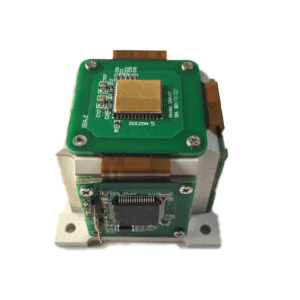
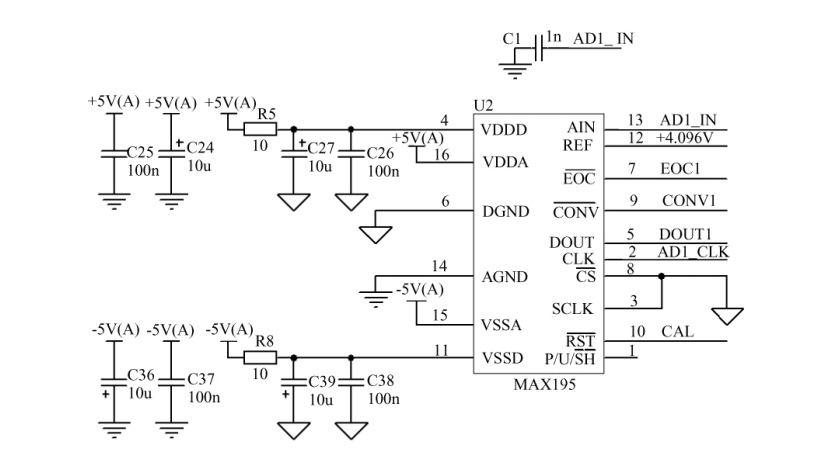
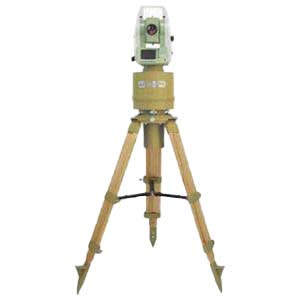

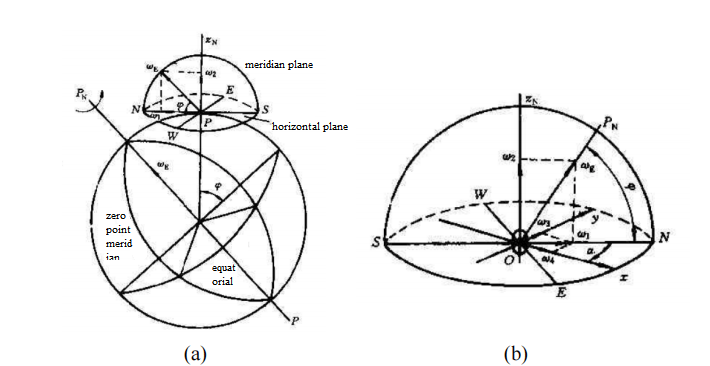


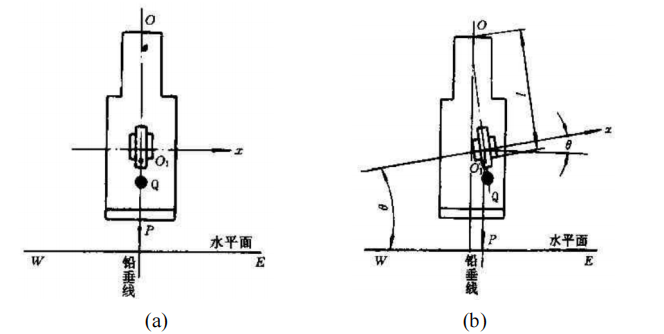
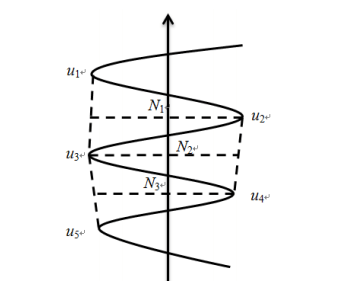
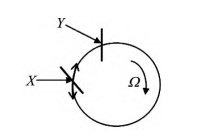

.jpg)
